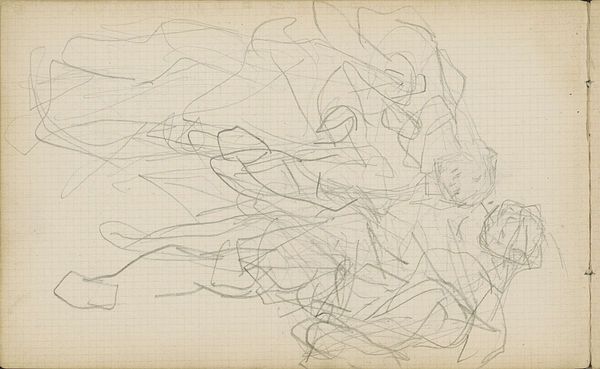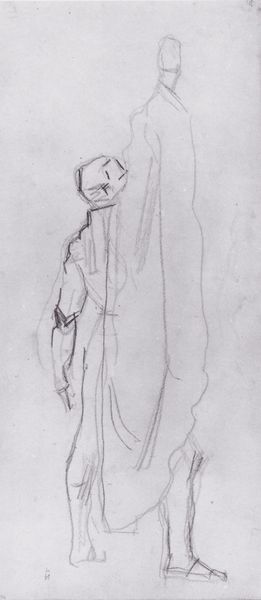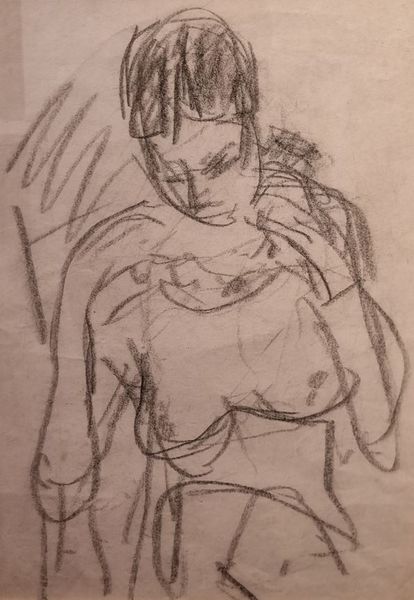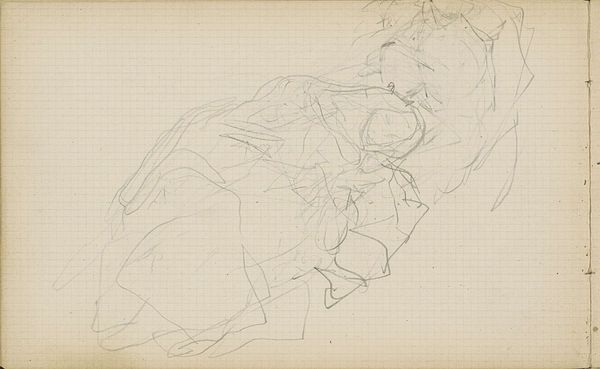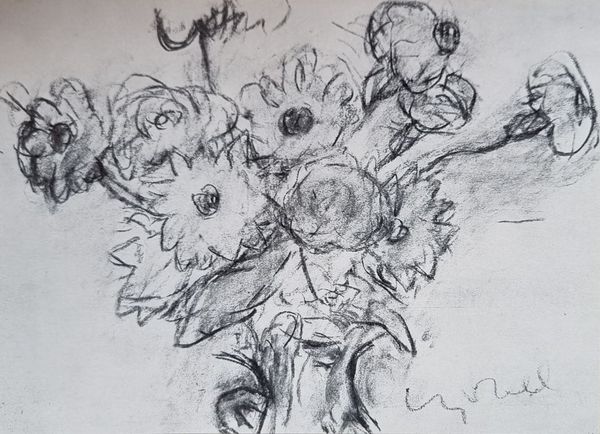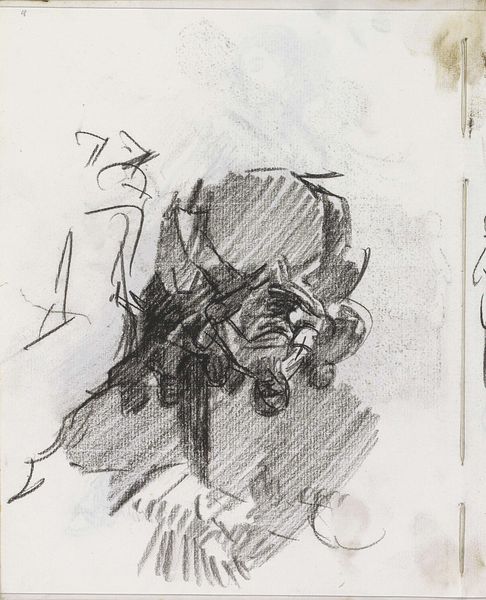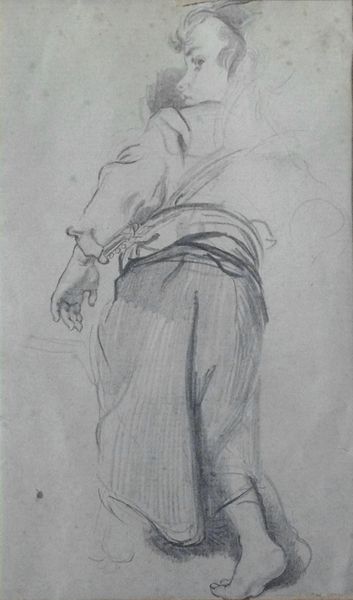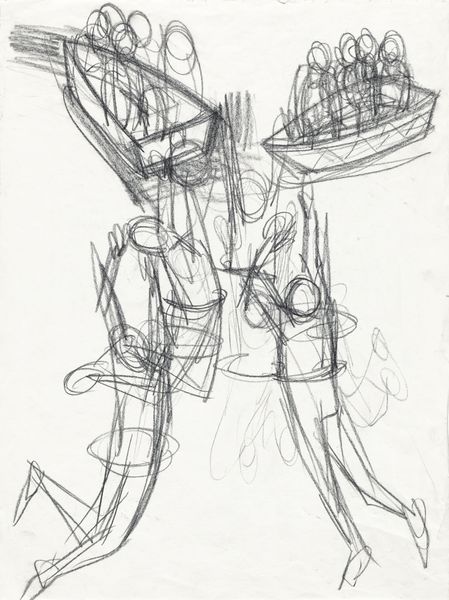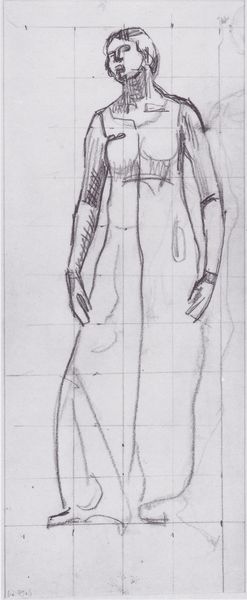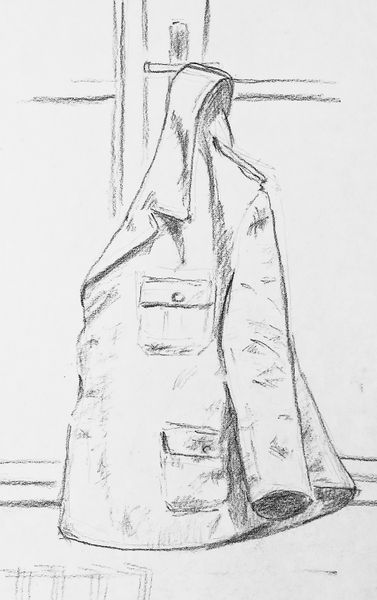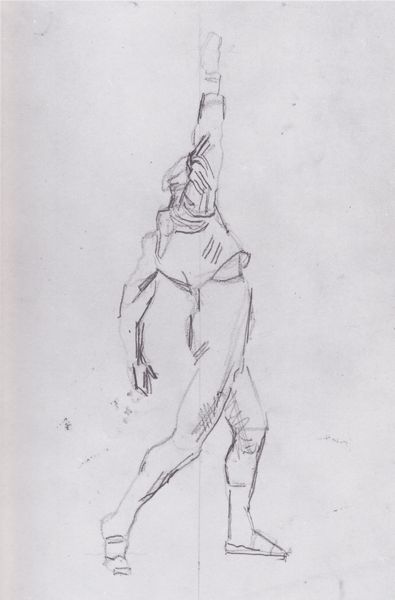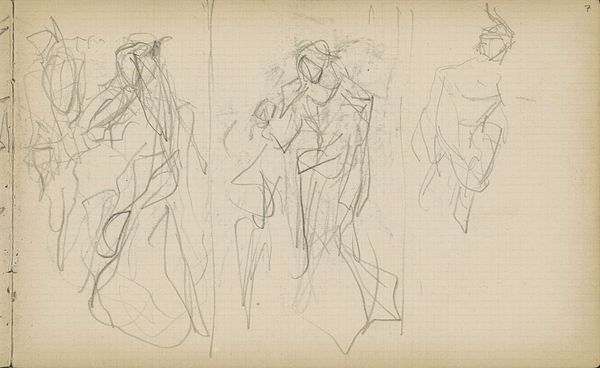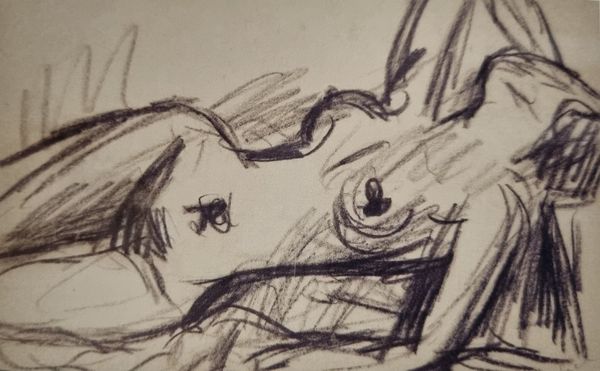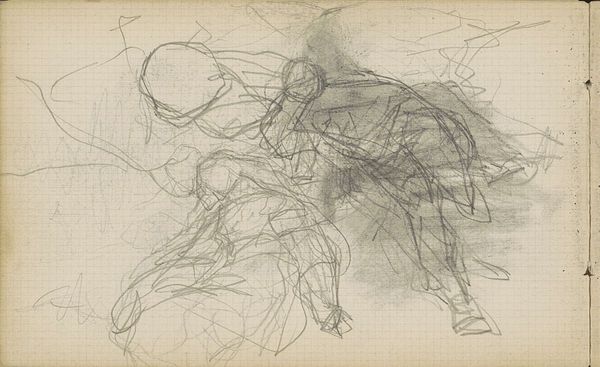
drawing, pencil
#
portrait
#
drawing
#
figuration
#
pencil
#
portrait drawing
#
modernism
Copyright: Modern Artists: Artvee
Curator: Here we have Henri Matisse's "Femme assise à la robe de taffetas," created in 1938. It's a striking portrait executed in pencil. What are your initial thoughts? Editor: I'm struck by the directness. It's almost confrontational in its simplicity. The figure commands attention despite being a sketch. Curator: Indeed. Considering the social context of 1938, right on the brink of World War II, what do you think of the choice to render the figure in such a luxurious fabric like taffeta? Editor: That's interesting. I think it speaks to a complicated relationship between art, the elite, and a world heading for catastrophe. On the one hand, the fabric's expense denotes privilege, a sort of disconnect. Yet, isn’t there also a preserving quality here, documenting beauty, taste, and a lifestyle soon to be irrecoverably disrupted? Curator: I find that compelling. The medium is pencil, readily available. There isn't precious metalpoint or rare inks. This simplicity combined with a high society reference allows, to me, greater access. How was Matisse employing his artistic labor? Is this image supposed to serve an idea of propaganda or one of escapism? Editor: It complicates assumptions, doesn’t it? We see the figure placed within modernist ideas—simplified form, line as form. How would such an approach allow visibility for an actual sitter, perhaps stifled within the constraints of expectation. I am intrigued. The act of observation, of sketching, feels like an act of engagement rather than simple rendering. Curator: That connection to process is key, I think. Looking closely, you see erasures, corrections—it’s not a seamless, polished product. The labor and process are evident. Perhaps it is both an escapist aesthetic experience for those who owned works by Matisse and a piece that preserves the history of the sitter for modern day viewers? Editor: Exactly. These traces, and the use of drawing as the primary medium, also opens the door for questions of representation and power, particularly concerning how women have historically been portrayed within elite artistic circles. Curator: I think you have articulated that element very nicely. So, taking all of this in, it certainly goes beyond a simple portrait, doesn't it? Editor: Definitely. It's an intersection of beauty, materiality, and socio-political reflection. I now consider how it would it sit within an intersectional dialogue on privilege, labour, and pre-war aesthetics. Curator: It's really highlighted how understanding the process and materials allows deeper explorations into social relevance of artwork such as "Femme assise à la robe de taffetas.” Editor: Absolutely. A rewarding experience.
Comments
No comments
Be the first to comment and join the conversation on the ultimate creative platform.
